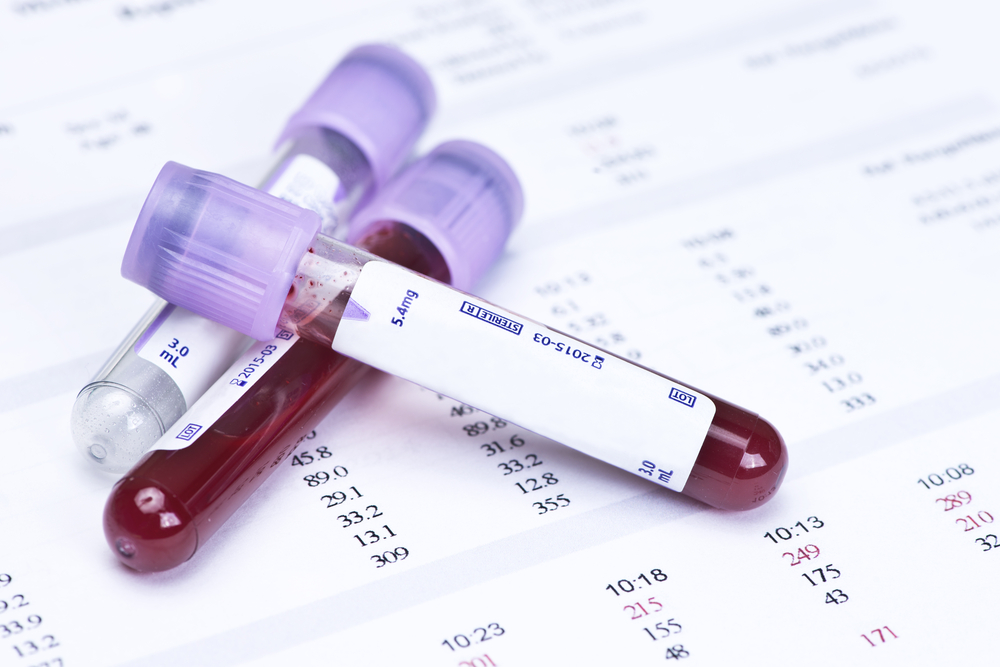In making some of these decisions about medication changes, there isn’t always a perfect answer, and people disagree, but I didn’t write this post to tell you that people disagree – hopefully most of you have figured that out by now! Anyway, here’s a brief overview of a recent scenario. A nursing home resident was started on Invokana (you’ll have to go back a few nights if you’re not too familiar with this med), who was also on a moderate dose of Lantus already – about 30-40 units daily if I recall right. The provider did feel that blood sugars were improved per a progress note a few months after initiation of Invokana. Now the A1C results maybe told a different story. They went from 8.2 to 8.1 three months later. So…would this justify the argument to continue a drug that’s in the ballpark of 300/mo? For me, I’d prefer to increase the Lantus (with no recent low blood sugars or signs of hypoglycermia) versus continuing with the Invokana. Obviously there a few more variables in the equation that I can’t recall, but I think this case demonstrates that there is more than “one way to skin a cat” as my gruff former high school science teacher would say!
Diabetes Case – Invokana

6 Comments
Submit a Comment Cancel reply
This site uses Akismet to reduce spam. Learn how your comment data is processed.
Written By Eric Christianson


Like cancer, each case of diabetes can be unique. Unfortunately, all of cases find the answer that diabetes is incurable, though some treatments are available to help control it.
Hopefully someday there is a cure for diabetes.
Just my 2 cents, Brandon
Thanks for the comment!
Would be interested to know what patients creatinine clearance is since apparently old enough to be in nursing home; med is less effective in CKD correct?
Invokana showed reductions in a1c in the 0.5-1% range, about even with Januvia. Furthermore, this reduction was additive. It also seems to reduce systolics by about 5mmHg and result in some weight loss (peeing at least 400 calories a day if I remember reading that correctly).
Waiting for long term CV safety data to come out in next year or so but unless that’s bad I think this will be a great second or third line drug. One downside is yeast infection and UTI. Would definitely monitor nursing home patient for this since UTIs seem to be more common and more troubling in that population anyway.
I’m being facetious when I say this seems like a case of, “it’s a new drug so let’s try it out for fun.” Not knowing the full story, I agree that the long-acting insulin could have been bumped up instead of piling on more drugs which brings more side effects and costs.
More details please. How was their kidney function? Kind of pointless to be on invokana if you only urinate once a day. Also what was the dose? 100Mg? If the kidney function was ok and they were on 100Mg then maybe it just needs to be increased.
Something seems off aa invokana normally gives 1 % normally woth proper use and counselling. While there is still room to increase the Lantus, many pts coming to oir endo clinic are over basal leading to higher a1c die to defensive eating due fears of hypos. To get from 8 to 7%, pt need meal coverage. From my experience of working with thousands of pts in the past 5 yrs in endo and as a CDE & BC-ADM, i see way too many pts over basal. There are couple papers one this for those of you who are interested.